Vision 2020 from the CEO of Data Migration International Group: Thomas Failer
Not just new, but also relevant
It’s true that the IT industry does tend to revolve around itself rather than focusing on users’ concerns. That’s understandable in a way, as IT’s relevance is largely measured in terms of its innovative capabilities. So the fact that suppliers prefer to talk about what’s new is legitimate.
The other side of the coin, however, is that not every innovation is automatically an improvement that delivers more benefits to users. An even if an innovation is useful, it can’t be expected to take top spot on companies’ priority lists.
This even applies to major innovations that are definitely very useful, like SAP S/4HANA. The new software generation from the Walldorf-based firm is certainly an essential and vital part of the digitalization process – or even a prerequisite for it in many ways, at least from the technical standpoint. Companies are aware of this, as can be seen from the fact that we’ve seen a sharp increase in the number of inquiries we’ve received about it. They have especially come from large enterprises that are under the most pressure due to the 2025 deadline.
Your business priorities, not ours
In the countless discussions we’ve had on this subject, we’ve seen that even a top IT subject will always be subordinate to a company’s business goals. And there are certainly enough of those, in these times of open questions about global trade, the climate protection debate and the challenges of digitalization. Whole industries are being shaken to their foundations. I’m sure you’re thinking now of the automotive industry, as I am. But actually, all industries are affected.
Against this backdrop, it’s clearer than ever that there are two things the IT industry must achieve – and it shouldn’t separate these two things from each other. Firstly, it shouldn’t only help companies to succeed in mastering the necessary transformation, but also to come out the other side stronger than before. Secondly, it must make an immediate and positive contribution to business value, preferably by saving companies money. When IT budgets stay the same, lower operating costs are the only way to free up more resources for investments. Whether they come from consolidating IT environments to prepare for migration projects, or from merger and acquisition activities, these cost savings need to start in the first few months so that the IT department – but also the whole company – can become more agile and act accordingly.
New thinking for the things that count
Tomorrow’s economy is information-driven. The way we handle data and documents, from both a technical and economical point of view, will determine how successful companies will be in the digital era. This especially applies to the way we handle historical information – in other words, information that’s no longer needed for current operations. This data will continue to remain relevant from a regulatory point of view, but will also create value and be just as important from the economic perspective as current and operational data and documents. The consequence of this is obvious: companies must rethink the management of their historical information and how it is to be implemented. This is especially the case before and after legacy systems have been retired; before, during and after migration or M&A projects; and – last but not least – when historical information management becomes an integral part of a new generation of system and application environments, such as SAP S/4HANA.
Thomas Failer
